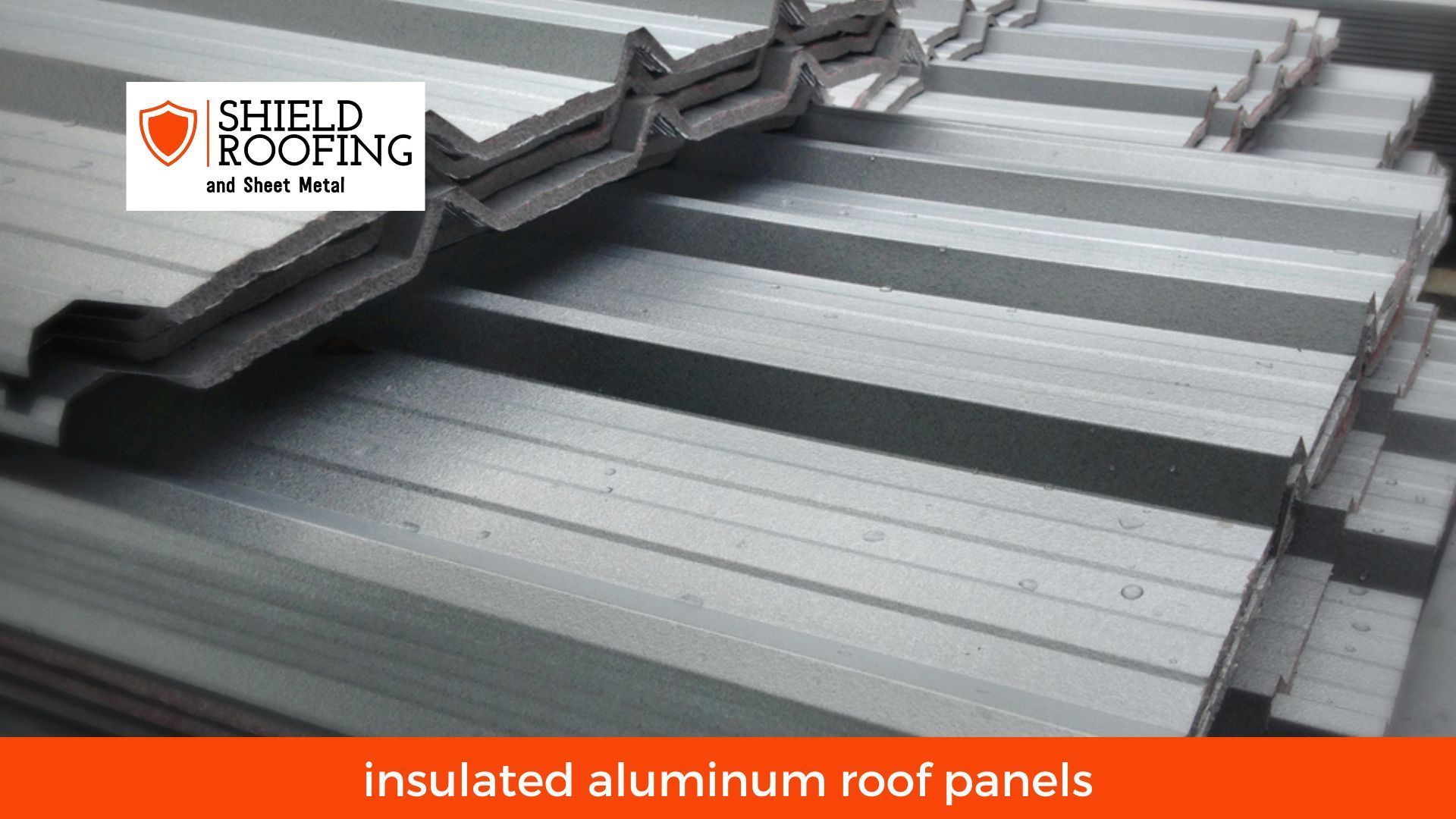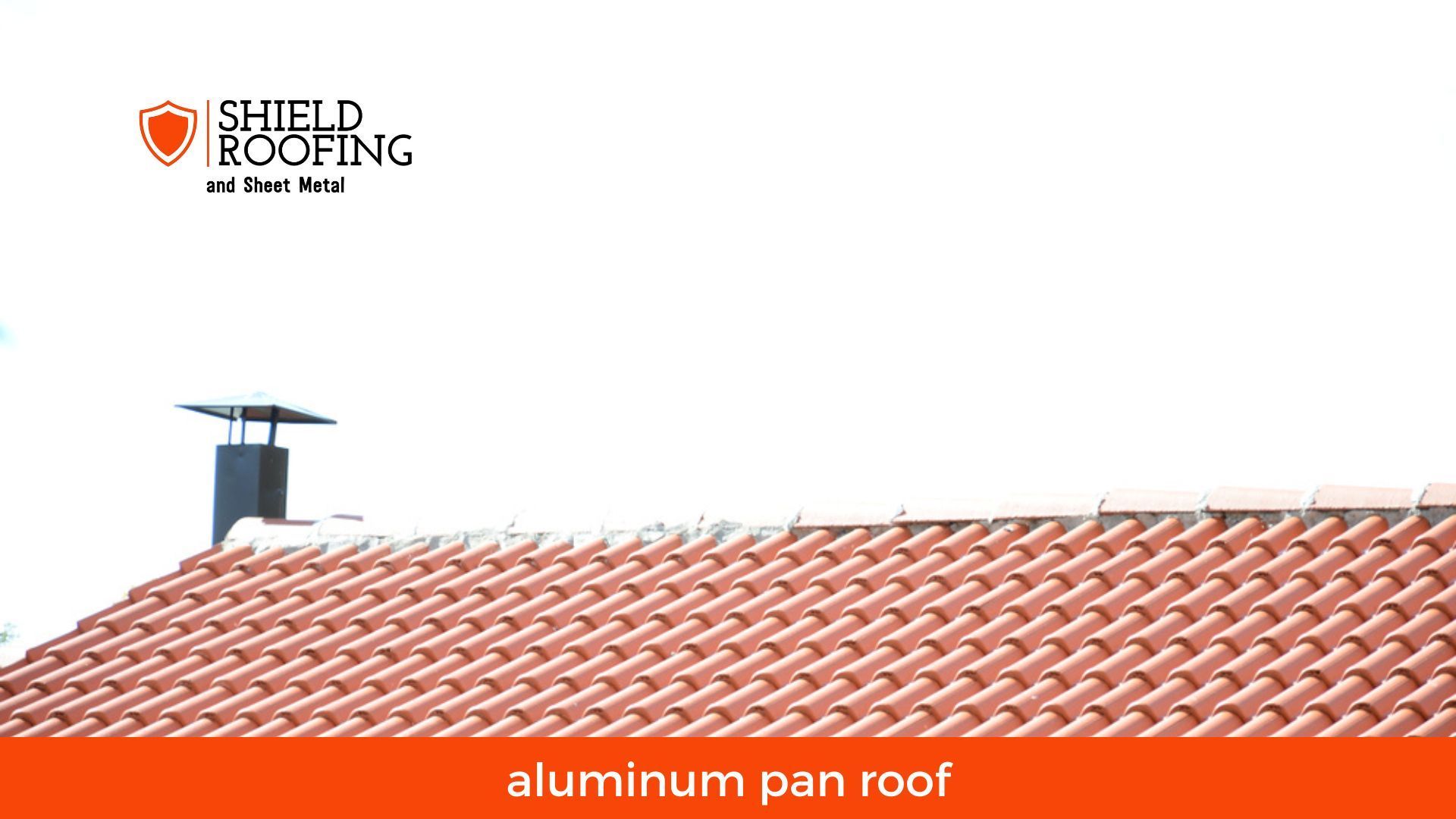What are the Most Common Types of Roof Vents
Types of Roof Vents

There are many different types of roof vents, each with its unique benefits. This blog post will discuss the four most common types: ridge vents, gable vents, soffit vents, and roof fans. We will also discuss when it is appropriate to use each type of vent. So whether you are a homeowner or a business owner, read on to learn more about the different types of roof vents.
The Two Styles of Ventilation
There are two main styles of ventilation: natural and powered. Natural ventilation relies on the wind to circulate air through the building. This is the most common type of ventilation, as it is effective and does not require additional energy costs. Powered ventilation uses fans to force air through the building. This type can be more effective than natural ventilation but comes with other energy costs.
Let That Stale Air Out (Exhaust)
Exhaust vents are installed at the highest point of the roof. They allow hot, stale air to escape from the building. This type of vent is often used with intake vents, as they work together to create a cross-flow ventilation system.
Bring in the Fresh Air (Intake)
Intake vents are installed near the bottom of the roof. They allow fresh air to enter the building. This type of vent is often used with exhaust vents, as they work together to create a cross-flow ventilation system.
The Most Common Types of Roof Vents
Roof vents come in many different shapes and sizes. The most common types are ridge vents, soffit vents, gable vents, and turbine vents. We'll take a closer look at each one.
- Ridge Vents: Ridge vents are installed along the ridge line of your roof. They allow hot air to escape your attic space and help keep your home cooler in the summer.
- Off Ridge Vents: These vents are placed lower on the roof, near the eaves. While they are not as effective at expelling hot air as ridge vents, they can complement other exhaust vents well.
- Soffit Vents: These vents are located in the soffit or the underside of your roof's overhang. Soffit vents work with other exhaust vents to create a cross-ventilation system that helps expel hot air from your attic space.
- Power Vents: These vents use electricity to help circulate air through your attic space. They are often used with other exhaust vents, such as ridge and soffit.
- Gable Vents: Gable vents are placed near the top of your home's exterior walls, at the ends of roofs. Depending on their placement, they can be used as either intake or exhaust vents.
- Roof Turbines: Roof turbines are also known as whirlybirds. They are rotating vent that helps to expel hot air from your attic space.
- Box Vents: Box vents are placed on the roof and have a screened opening that allows air to flow in and out. They are often used with other types of vents, such as gable ones.
- Hard-Wired Powered Attic Vents: Hard-wired attic vents are electrically powered and can be used as either intake or exhaust vents.
- Solar-Powered Attic Vents: Solar-powered attic vents are powered by the sun and can be used as either intake or exhaust vents.
- Cupola Vents: Cupola vents are roof vents placed on top of the roof. They are often used for decorative purposes as well as for ventilation.
- Over Fascia Vents: Fascia vents are installed on top of the fascia board. They are often used with other vents, such as soffit vents.
How do You Choose the Right Ventilation
The roof is one of the essential components of your home, providing protection from the elements and helping to regulate temperature. However, ensuring proper ventilation is also essential to prevent moisture build-up and mold growth. So how to choose the right ventilation for your roof?
- First, consider the size and pitch of your roof. Smaller roofs may require less ventilation than larger ones, while steeply pitched roofs need more.
- Next, think about the climate in your area. Warm, moist environments will require more ventilation than drier, cooler regions. And
- Finally, consider whether you want the vents visible or hidden within the roof.
Consult a roofing professional to determine the best option for your home's unique needs when in doubt. Ensuring proper ventilation for your roof can protect it from damage and extend its lifespan for years.
Conclusion
There are many types of roof vents available on the market today. Each type has its own set of benefits and drawbacks. Therefore, it is crucial to evaluate each type carefully before deciding. Ultimately, the best roof vent for your home will depend on your specific needs and preferences. If you are not experienced with installing or using roof vents, you should hire an expert in your area.






